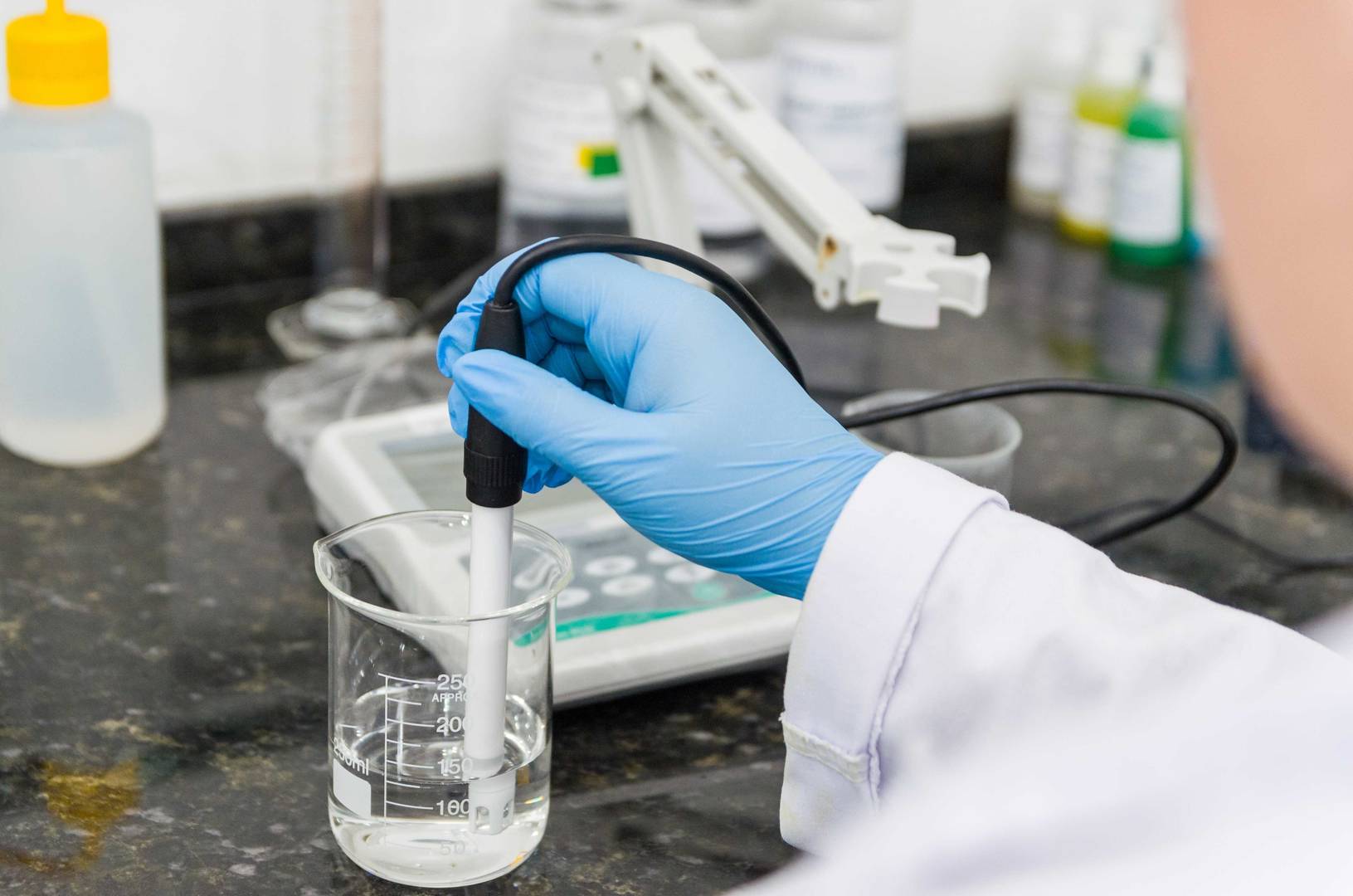Why bother with pH and EC in mineral exploration soil surveys?
In the near-surface environment there are many processes that can occur to influence both pH and EC. Electrical conductivity is a useful proxy for the amount of easily (water) leachable salts that are present in a sample. Salts may be concentrated and brought to the near surface through groundwater and soil water capillary action. Multiple saturation-evaporation events can result in salt accumulations, and the EC of a sample can help put this into perspective. Samples could be sorted or normalised/levelled on the basis of their EC, so that pathfinder element anomalies can be better compared between different samples. Likewise, soil pH can vary in response to formation phenomena that drive acid production or neutralisation. Sulphide oxidation, the production of organic acids from decaying organic material that is incorporated into soil and felsic protolith can all contribute to hydrogen ion generation (lower pH). Soils that develop from carbonate or ultramafic protoliths can buffer soil pH to neutral-alkaline conditions. Knowledge of sample pH can allow the pathfinder element response of different samples to be interpreted with greater insight. For example, a sample with a low pH may be able to support a higher concentration of a pathfinder element typically present as an oxyanion (such as Mo) than a sample with a neutral or alkaline pH. Conversely, for pathfinder elements that are mobilised as cations, alkaline pH conditions can tend to promote higher concentrations. The concentration of a pathfinder element in a sample may be a function of its local availability plus the capacity of the sample to retain it. Furthermore, pH can be an indicator of oxidising pyrite associated with mineralisation. The ability of H + ions to diffuse means that pH anomalies can be larger (spatially) than many pathfinder elements. Consequently, mapping pH can be a useful exploration tool in its own right.
References & further reading
Bastrakov, E. N., Main, P., Wygralak, A., Wilford, J., Czarnota, K. and Khan, M., 2018.
Northern Australia Geochemical Survey Data release 1 – Total (fine fraction) and MMI™element contents. Record 2018/06. Geoscience Australia, Canberra.
Dunn, C.E., 2007. Biogeochemistry in Mineral Exploration. Volume 9. Handbook of Exploration
and Environmental Geochemistry. Ed: Hale, M. Elsevier, The Netherlands.
Govett, G.J.S., 1976. Detection of deeply buried and blind sulphide deposits by measurement of
H+ and conductivity of closely spaced surface soil samples. Journal of Geochemical
Exploration. Vol. 6. pp. 359-382.
Govett, G.J.S., and Dunlop, A.C.1984. Electrical techniques in deeply weathered terrain in
Australia. Journal of Geochemical Exploration. Vol 21. pp. 311-331.
Hamilton, S.M, Cameron, E.M., McClenaghan, M.B. and Hall, G.E.M., 2004. Redox, pH and SP
variation over mineralization in thick glacial overburden. Part I: methodologies and field
Investigation at the Marsh Zone gold property. Geochemistry: Exploration, Environment,
Analysis, Vol. 4. pp. 33-44.
Hamilton, S.M, Cameron, E.M., McClenaghan, M.B. and Hall, G.E.M., 2004. Redox, pH and SP
variation over mineralization in thick glacial overburden. Part II: field investigation at Cross Lake
VMS property. Geochemistry: Exploration, Environment, Analysis, Vol. 4. pp. 45-58.
Kelley, D.L., Hall, G.E., Closs, L.G., Hamilton, I.C., and McEwen, R.M., 2003. The use of partial
extraction geochemistry for copper exploration in northern Chile. Geochemistry: Exploration,
Environment, Analysis, Vol. 3, pp. 85-104.
Levinson, A. A., 1980. Introduction to Exploration Geochemistry, 2nd Edition, Applied Publishing
Ltd. pp. 924.
Smee, B.W., 1983. Laboratory and field evidence in support of the electrogeochemically
enhanced migration of ions through glaciolacustrine sediment. In: G.R. Parslow (Editor),
Geochemical Exploration 1982. J. Geochem. Explor., 19: pp. 277-304.
 Search
Search
 English
English
 Login
Login

























































.jpeg)